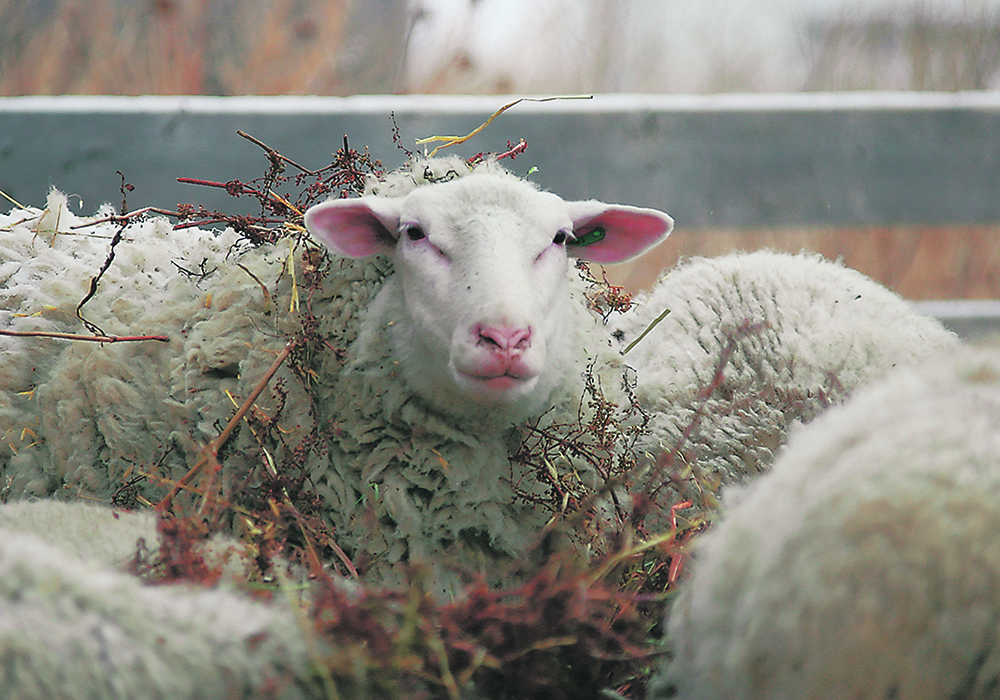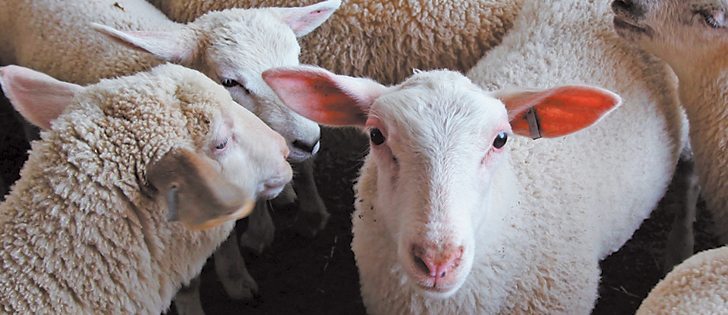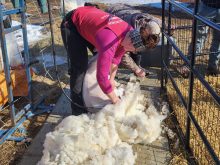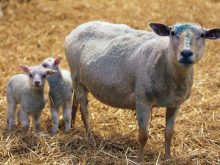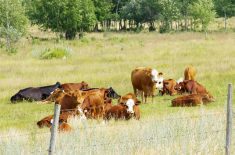Decline attributed to inflationary pressure on consumers, and price volatility at auction markets expected to continue
Canada’s domestic sheep and lamb market continues to get by despite being largely overshadowed by imports from the world’s two largest exporting countries, Australia and New Zealand.
In Alberta, the first quarter of 2023 saw prices per hundredweight for live lamb up slightly from the same period year-over-year and remaining more than 13 percent above the five-year average. But year-to-date, 2023 prices for the peak March to April run have been a little less than seven percent lower compared to 2022, according to the latest data from Alberta Agriculture.
Read Also

Farm groups ask feds for export sales reporting
The Agricultural Producers Association of Saskatchewan and SaskCrops asks the federal government to create an Export Sales Reporting program.
Consumer inflationary pressures are suspected to be driving the decline, according to provincial data, and price volatility is expected to remain at auction markets.
“We are seeing resilience but it’s a challenging time right now,” said Jordan Allen, vice-chair of Alberta Lamb Producers.
“Market fluctuations, inflation is causing a lot of challenges for producers.”
Allen said ALP provides support through several programs, including Scotiabank’s Yield More Financing program to assist with providing credit to producers. The sheep and goat vegetation management accreditation program is also available.
The latter program “helps provide education and resources for producers and to think about new and creative ways for them to use their flock that’s also sustainable,” said Allen.
That includes grazing solar projects, cut blocks from forestry and urban weed control.
But Canada’s domestic market remains dominated by imports.
Less than 30 percent of the domestic market is supplied by Canadian producers, a situation that isn’t likely to change.
Those are primarily frozen cuts from countries such as New Zealand, which exports 90 percent of its sheep and lamb products. They come at a reduced cost to consumers over Alberta fresh meat, said Allen.
But as Canada’s demographics have been changing, so too have the tastes of consumers as North African and Mediterranean immigrants look to the provincial live lamb and sheep markets.
“That has opened up some opportunities for producers,” said Allen. “The halal market is a big one for people to tap into but it’s always about trying to find those opportunities.”
China, which has the world’s largest sheep flock with more than 300 million head, is a net importer and has seen small gains in domestic consumption because of African swine fever hitting pork production.
Lamb production in the United States is expected to decline in 2023, resulting in feeder and slaughter lamb prices remaining strong through the year, according to Alberta Agriculture data.
Australia is expected to continue as the biggest global supplier, boosted by agreements with the United Kingdom and India.
Average weekly auction prices in Alberta between January and early June were $222.45 cwt. for market lamb and $262.07 for feeder lamb.


